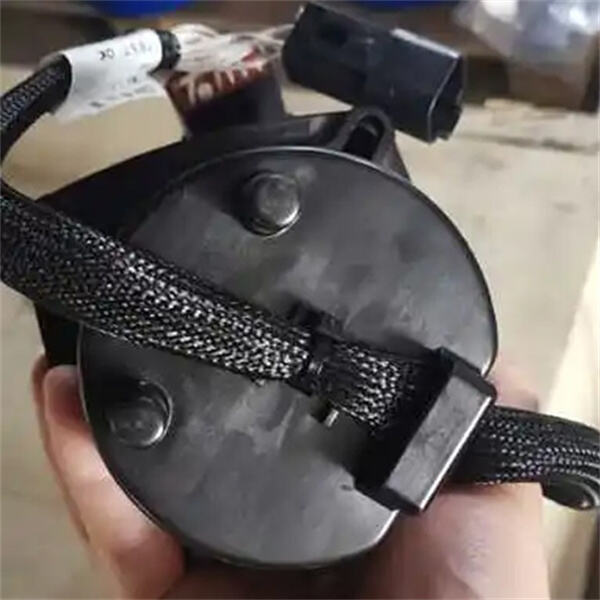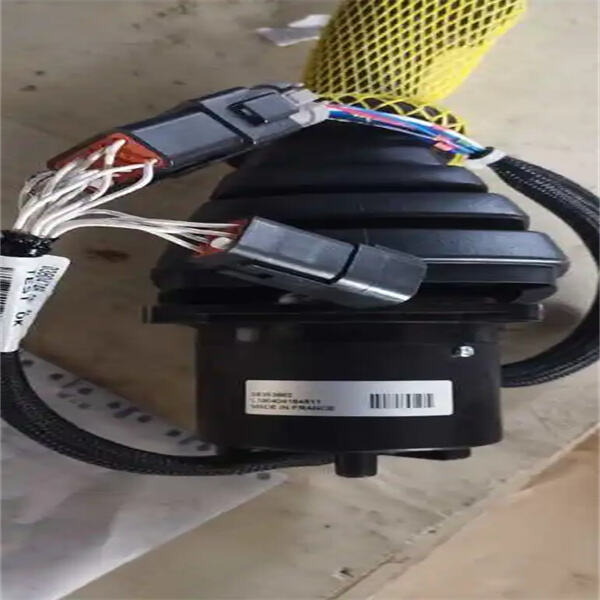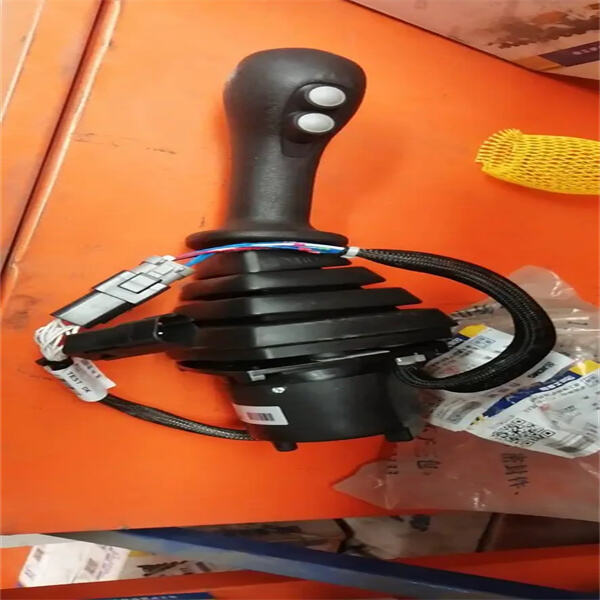Excavator control levers are crucial in allowing construction workers to operate heavy machinery on-site. These levers allow the operator to go forward, backward and side to side with the excavator, and control digging of the bucket. Skill in the management of the control levers is a matter of great importance in order to perform the work safely and speedily.
Control Levers Excavator control levers can help regulate the speed at which the machine moves. There tends to be two levers — one per hand. By manipulating the levers in various ways, the operator is able to move the excavator around forward, backward, left, or right. They can also raise or lower the boom, to dig deeper into the ground.
At first, the control levers can be difficult to use, but as you practice, it becomes easier. You need steady hands, and you need to really pay attention to where those levers are. By nudging the levers cautiously, the operator can send the excavator where it needs to go and to the appropriate depth.

The operation of an excavator (to keep it simple) can literally be a walk in the park, however, if used improperly, the innumerable tasks that need to be done and what the machine can't do can generate chaos. The machine can be maneuvered into small places, and around obstacles, by good use of the control levers. This requires some fine hand-eye coordination and situational awareness.

Excavation is what excavators do best. By manipulating the control levers, the bucket can be controlled to dig up a trench, a hole and a foundation very rapidly. Knowing how to angle the bucket and move the machine carefully are crucial to doing the job right.

Control levers on the other hand, can, helping workers be more productive on a job site, if used correctly. The more proficient the operator is at using the levers, the faster the work gets done and the sooner the job is completed. This can save the company money and keep projects on schedule.